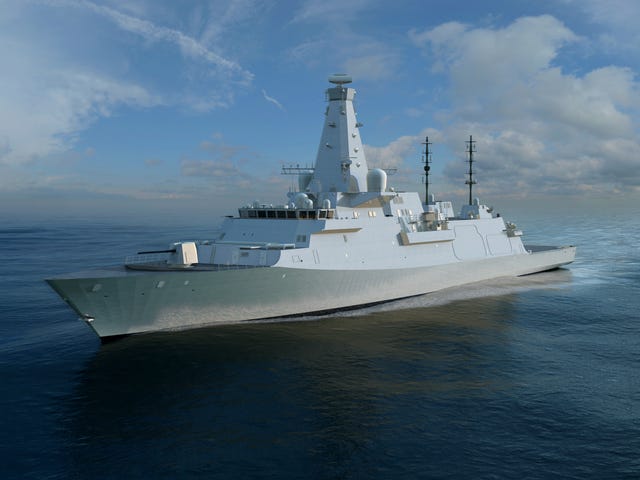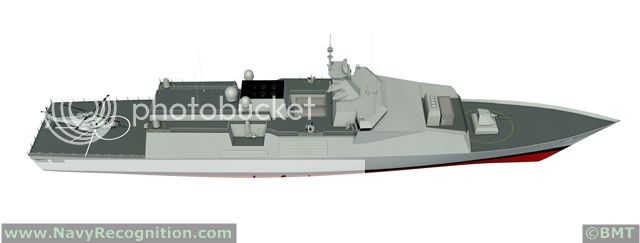Zarvan
ELITE MEMBER

- Joined
- Apr 28, 2011
- Messages
- 54,470
- Reaction score
- 87
- Country
- Location

BAE Systems
In November 2015, the Royal Navy cut plans to build 13 Type 26 frigates.
LONDON — The British Government sprung a surprise Nov. 23 when it launched its 2015 strategic defence and security review announcing it was to build a new class of general purpose frigates for the Royal Navy.
Now, three months later, the process of launching a concept study is underway and the Royal Navy has decided on Type 31 as the number for the warship, according to sources familiar with the naming process.
Speculation the Royal Navy would opt for Type 31 for the new warship has been around almost since the SDSR was published but sources here said the decision has now been made.
A spokeswoman for the Ministry of Defence declined to confirm or deny whether the new general purpose frigate had been allocated a type number.
Replacing the Type 23 frigate starting around 2022, the 7,000 ton Type 26 was to have operated in a general purpose role as well as undertake its primary anti-submarine warfare mission.

http://www.defensenews.com/story/de...-contracts-awarded-type-26-frigates/31152813/
http://www.defensenews.com/story/de...-contracts-awarded-type-26-frigates/31152813/
The Type 31 program emerged as part of an SDSR announcement cutting numbers of the new Type 26 anti-submarine warfare frigates to be built from a planned 13 to eight.
The new class of lighter, cheaper, general purpose warships will make up the difference in numbers and bring frigate strength back up to the 13 originally planned.
The SDSR even held out the prospect of ordering more frigates for the Royal Navy in the 2030s, a pledge few are holding their breath over at the moment.
The review said the lighter, more flexible warship would also have a better chance of securing export orders for Britain's naval industry.
Splitting the frigate requirement is effectively a reversion to an earlier scheme to build anti-submarine warfare frigates alongside a more medium-weight general purpose warship. That idea was dropped several years ago in favor of the one-size-fits-all approach of the Type 26.

Details on the new general purpose frigate, including the likely timelines for implementation of the various phases, remain scarce.
“The timetable for the procurement of the general purpose frigate program has yet to be determined. Work on the program will be scoped initially during the concept study outlined in the SDSR,” the MoD spokeswomen said.
Sources said several hull options were being considered, including a cut-down version of the Type 26 and foreign designs.
Details on the way forward for the general purpose frigate program are likely to start emerging when the government takes the wraps off a new national shipbuilding strategy scheduled to be rolled out later this year.
New Royal Navy general purpose frigate to be known as Type 31










